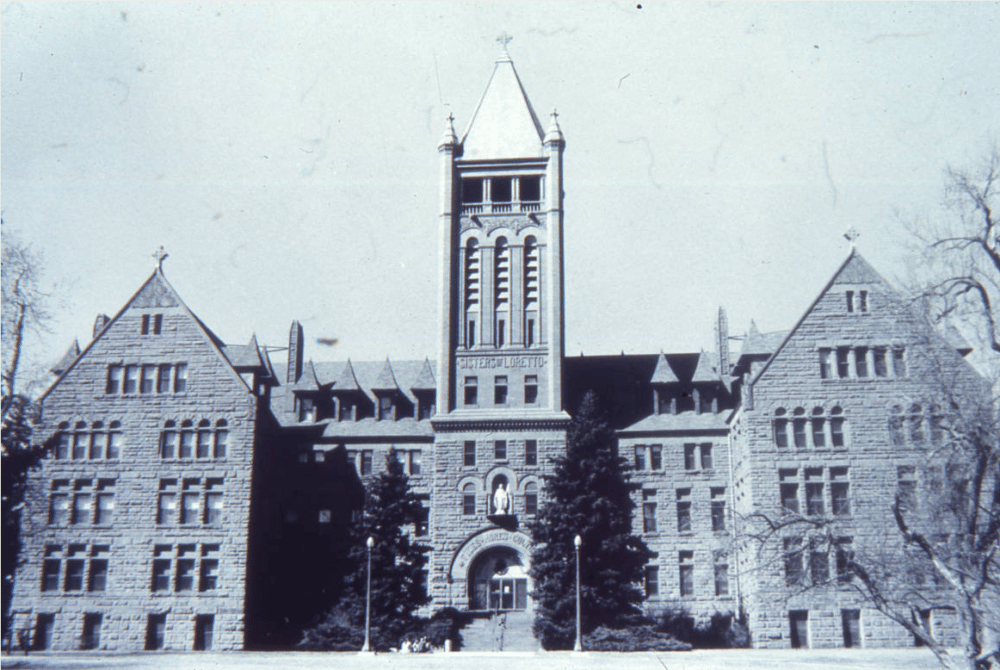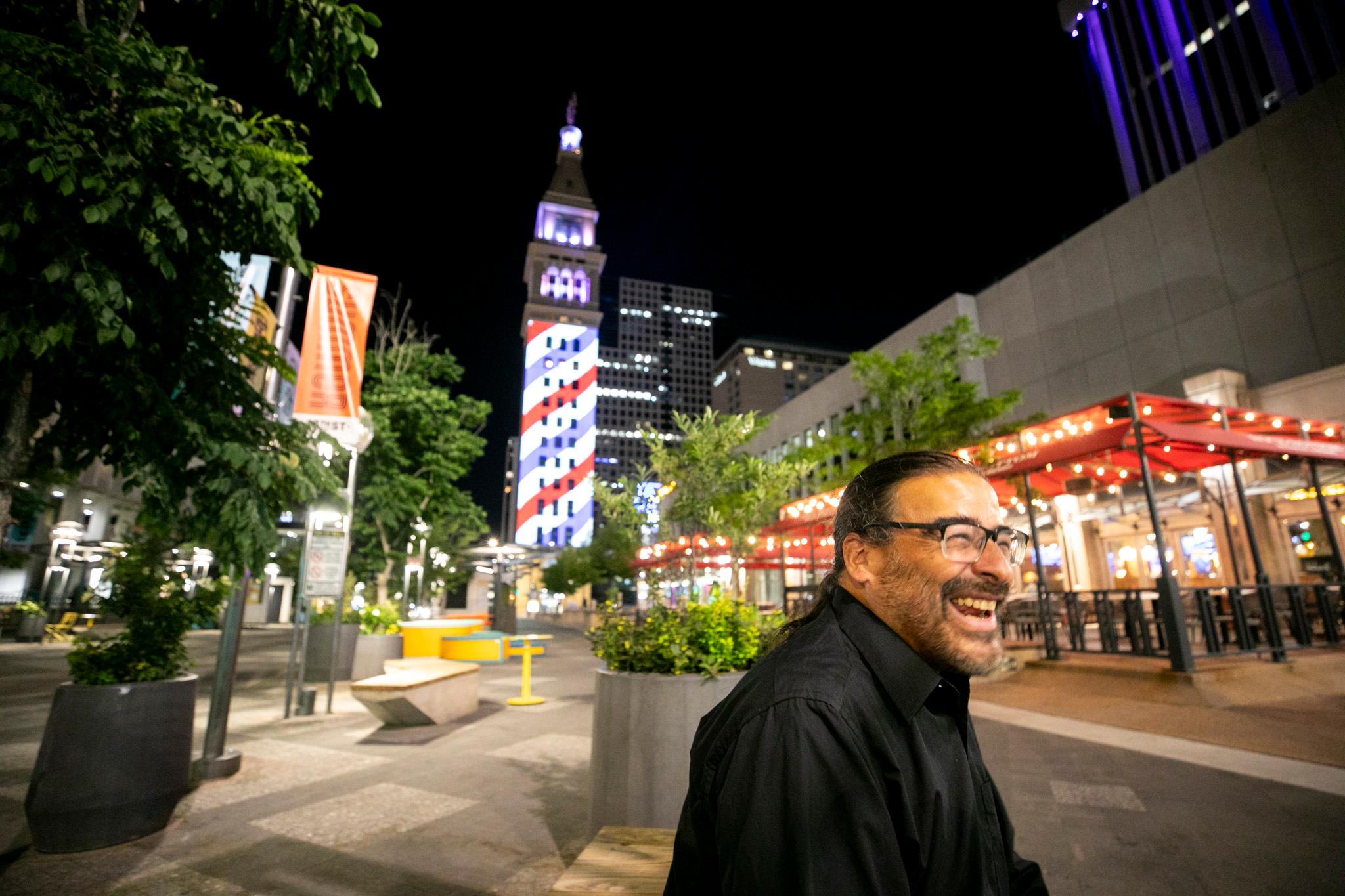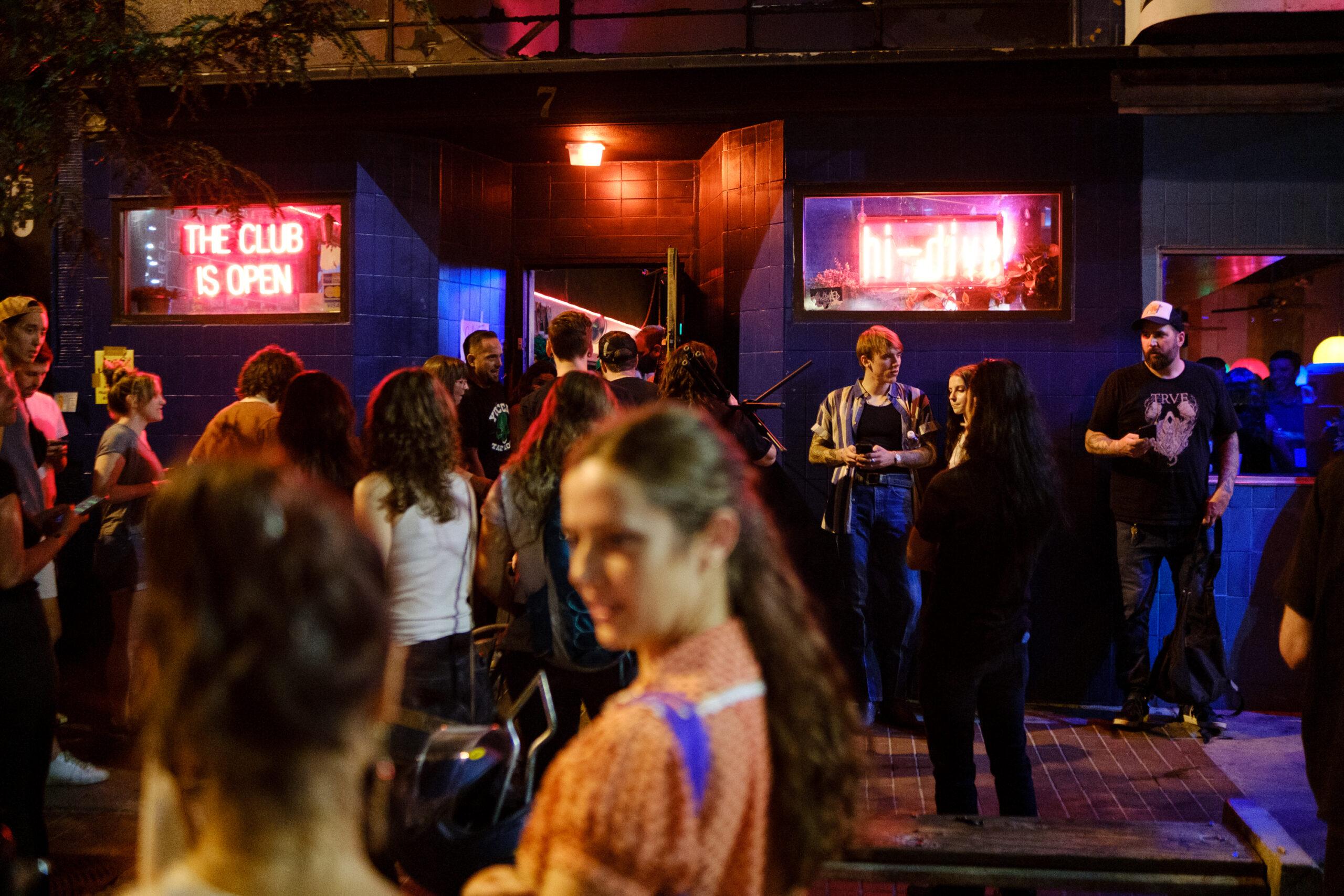According to a couple of radical, community-focused, Catholic sisters, ain’t nothing changed but the address. Since a fire tore through the Catholic Worker Movement’s original Denver home on 24th and Welton in 2016, they have been praying for a new opportunity to begin their work again in a new home. They are now quickly approaching reopening their doors at 1023 26th St.
The CWM's local group has spent the last 40 years helping those who have fallen a little down on their luck experience compassion through community living, which is inspired by the tenets of their movement.
CWM has for 40 years operated a home that welcomed homeless individuals as well as those willing to live in their community in exchange for room and board. Before it burned down, the home on Welton Street typically housed between 12 to 15 people, up to three of them at a time being live-in workers. The organization is also completely volunteer-led and over the years Koop says they've had more than a hundred volunteers in addition to the core community of CMW workers that are always around.
They believe strongly in pacifism, cooperation and optimism, and they ask that their tenants observe those same sentiments during their stay in the home.
"It’s a house of hospitality, meaning that some of us were living there, it was bigger than what we needed, and we invited some other people to live there, and those other people happened to be homeless," said Anna Koop, who's been involved with CWM since the founding of the original house.
"People would share that space with certain expectations that they'd help keep it up and abide by some of the things we were asking, like not using alcohol and drugs in the house, and not smoking in the house and doing the weekly chores."
They provide housing for those just looking for a place to stay, but they also, traditionally, reserve an ample portion of their rooms for those willing to do maintenance work in the homes in exchange for room and board. That and a host of volunteers are what allows the CWM to keep their doors open.
Anna Koop finds this approach to addressing the homeless population much more humane than propping up what she called "sky-rise homeless shelters" that remove a sense of autonomy and family. "It is much more humane than a three-story warehouse a few blocks away," said Koop. "I really tried to urge the bishop not to do it that way."
Koop says this approach equips those who stay in the house with the tools to succeed long after their stay is over. She said former residents rallied to the cause after news broke that their original home on Welton Street had burned down.
"People that were live-in workers, one sent a check for $3,000, one for $1,000 another for $12,000. I mean it really gives you a sense of what they took when they left there," said Koop. Several former live-in workers also decided to take people in after the fire.
The new building will come with a few changes to their services.
For instance, in the new spot, they will no longer have live-in workers because this home is significantly smaller than the previous one. They are considering things like live-out workers so people can stay connected with the community. They will still have the same impact that the live-in workers had, maintaining the property and engaging with those living in the house -- but they will not do so in exchange for room and board, but rather as volunteers like others involved in the housing.
It’s been her love for serving people and being apart of a loving community that’s kept Koop coming back all these years even though every day has not been easy.
"I really had a faith-based draw, even as a child, to the church," Koop said. "Being with people who obviously had some spiritual grounding, so that was with me for quite a while. And then I always say, if the sisters of Loretto didn't take me, I probably would have joined some hippie commune, because I really wanted to live in community. The attraction to being part of a religious community was the faith-based part."

Jennifer Haines said she got involved with the Catholic Worker Movement right after a brief prison stint in the early 1980’s. She had gotten locked up, she said, after protesting at Rocky Flats. When she was released, Koop suggested that instead of going back to protest, Haines could join in the work they were doing at the original house on Welton.
One element of the new units that Haines is excited for is the added autonomy CWM plans on giving to new residents. They plan on being less authoritative with their new tenants, and she feels like this will provide them with the best chance to succeed when they move away from the housing. She said one of the saddest things for her over the years has been seeing people thrive with the support and the community the house offers and then fall apart when they no longer have that available. She noted that’s not the case for most people who've stayed with them, but it’s heartbreaking every time.
Haines said she knows that even with some changes, the focus will remain the same.
“We love people, we care about them as individuals, we incorporate them into our lives, we companion them, that's just who we are. That’s often good for people. They feel freed up by it. They are affirmed by it. They’re able to take more responsibility for things in their lives."











